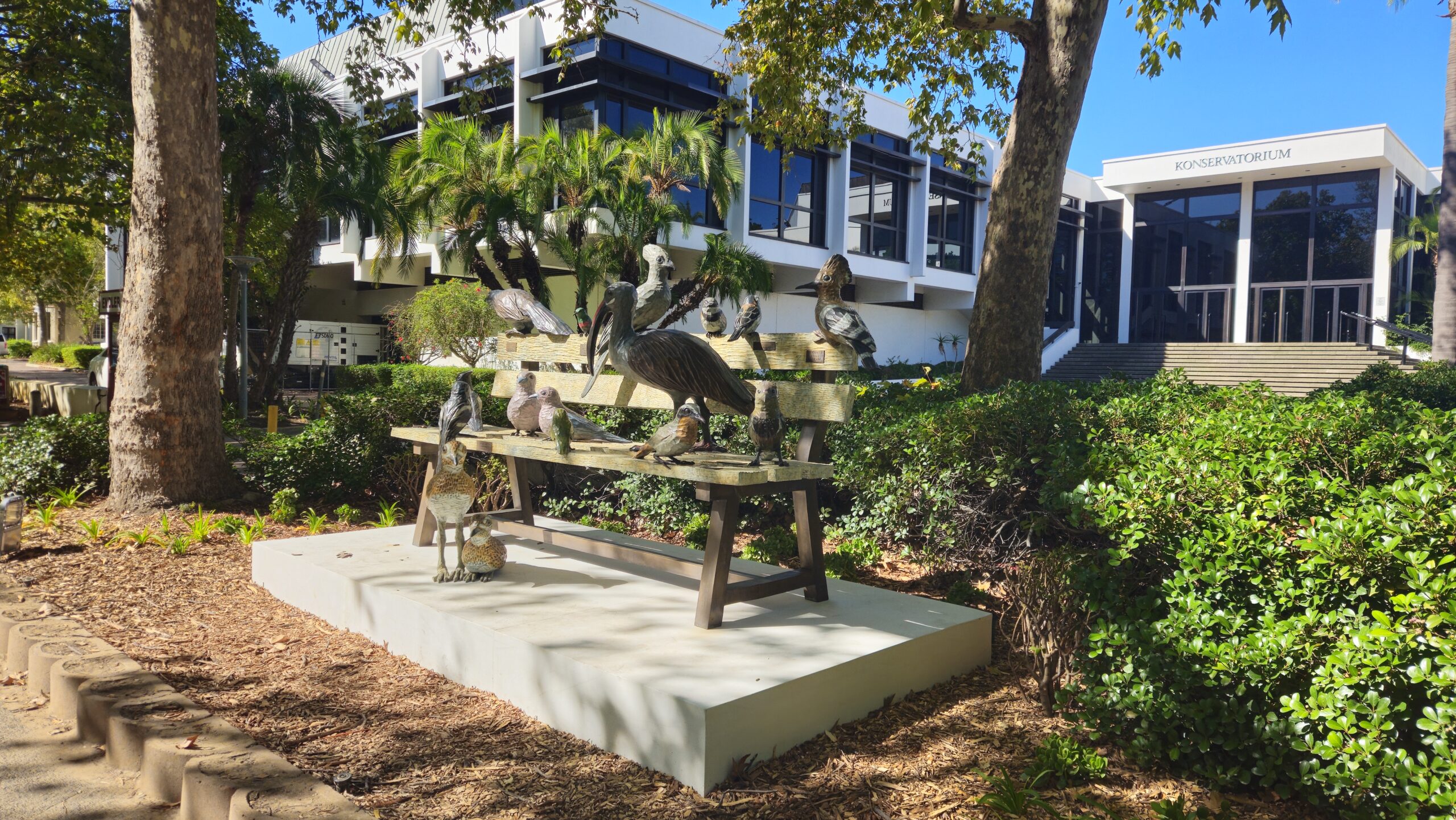BY LAURA MUTYAMBIZI
According to a 2016 article by The Business Standard, a daily business newspaper, South Africa is the rape capital of the world, with statistics showing that one in four males admit to having committed rape. This illustrates the longstanding prevalence of the issues of rape and gender-based violence (GBV) in media discourse. The Stellenbosch University (SU) Anti-Gender-Based Violence (anti-GBV) movement has consequently taken the initiative by launching a website called Campus Rape Culture, with the accompanying hashtag of #kNOwCRC. These aim to address what the creators deem to be underlying contributors to GBV and rape culture, both on campus and nationally.
The SU Anti-GBV movement’s Instagram (@antigbv_su) bio explains that the group consists of “a collective group of SU students and staff members actively working to end gender-based violence [and] Femicide on [the SU] campus and in [South Africa]”. This group’s website was launched on 30 September this year in conjunction with the Unit for Religion and Development Research (URDR), the Equality Unit, the Transformation Office, and the Division Student Affairs.
The website will create an interactive platform by engaging with females students’ experiences of campus rape culture. This interactive experience will be made possible by using a participatory methodology called PhotoVOICE 2.0 and collaborating with female students at SU to create a better understanding of the possible underlying drivers of campus rape culture.
Dr Elisabet le Roux and Dr Selina Palm, two URDR researchers who contributed to the website, shed more light on its intended purpose with Le Roux stating that “the big thing about the website is to give the voice to female students, as we hardly listen to students, as it is restricted as an institutional discussion”.
The website is a compilation of research made by five female student-researchers who shared their stories and experiences through voice notes and accompanying pictures. Palm explained that the website is to inspire change, as “people are not inspired to change by statistics but mainly through stories”.
As mentioned previously, the website aims to address how drivers of campus rape culture are understood and experienced by females at SU. It identifies residences on the Stellenbosch campus, fear, alcohol, social norms, and masculinities as these drivers, but these are not drivers that are limited only to SU.
Palm explained that the website’s aim is not to “focus merely on the tip of the iceberg, which would be rape culture, but to assess the layers underneath that fuel these particular incidences”. It is thus also to address the nationwide issue of GBV in various higher education institutions as well.
Le Roux’s hope for the website is that both students and staff will engage with the website by interacting with the material provided to them. “This process of engagement can start a process of conversation because, on our campus, rape culture is a very abstract concept and very often people are unaware that people are getting raped to the point that people do not recognise certain actions or experiences as harmful to women.”
The website is there with the aim to initiate a conversation in an institutional space and amongst students to make a collaborative effort for change. “This is not going to be the product from a small piece of research, it’s a step,” said Le Roux.
Furthermore, the multi stakeholder collaboration with the various committees is not to ensure accountability but “to put pressure on the wider system” as stated by Palm.
“It is an invitation to listen, [to shed light] on issues that are not being spoken about,” said Palm. This is to emphasize that institutions should take a more proactive role rather than a reactive role, and this is what the website is reinforcing.
“It is very easy to be reactive as one can tick a box and say this woman came, and we dealt with it. This is not a responsible approach”, said Le Roux.
The website is not limited to females only; the interactive nature of the website showcases the student-researchers’ engagement with their queer experience in terms of campus rape culture. An “Add your voice” feature will be available for two months, to allow different students to add their experiences.
“This is to open up a conversation for different students to share their experiences of campus rape culture [anonymously],” said Dr le Roux.
Societal conceptions of masculinities came out quite strongly as a driver of campus rape culture in the research as the student-researchers engaged with males and took photos of them. The website highlights stories of how campus rape culture and the patriarchy affect them.
“The hope is that men will engage with the website and add their voices [too]. [There is something riveting] about story-telling and story-hearing between men and women, as this is an important facet towards greater gender equality and awareness of the different experiences that men, women and queer bodies face in the university,” said Palm.
The website also has a section of responses regarding what SU and other higher education institutions could change. The website is not intended to be an exposé on SU, but rather to use SU as a case study on something that is a national issue.
“These are moving parts to a bigger conversation in South Africa of what gender norms are, how we are raising our children and what can be done within the campus space,” said Le Roux.
Palm added by saying, “There is an opportunity for higher education institutions to reshape socially gendered norms and recalibrate society. But that is being threatened because the structures in universities are reinforcing gender norms, as those ideas are entrenched and are not being challenged.”
Since residence culture was identified as a driver of campus rape culture, Sbusiso Mhlom, a second-year BA (Law) student and the prim of Huis Neethling, addressed how he would be taking a proactive role. He stated that “there is a lack of perspective from the males that their behaviour is problematic toward a female.”
One such instance where a lack of perspective is evident is where Mhlom sees a “boundary between complimenting and sexualising”. This is something he would like to address by creating a space for females to speak out through the women empowerment portfolio so that males can get insight on their problematic behaviour.
Through this, he would be creating a conversation between females and males as the website encourages. “The dream is to create a safe space for women to live in [because it is a home away from home],” explained Sbusiso
Marissa Gilbert, a postgraduate LLB law student, believes the way we can combat rape culture on campus is by “associating [rape] beyond the view of violence”.
She explains that her belief is based on a feminist perspective and views rape as an act of violence and sex. “Therefore, the very act of rape casts a shadow over the constitutional promise of a non-sexist society,” says Gilbert.
Gilbert deems the best practical way of combatting rape culture on campus to be by simplifying the meaning of rape to males and females to remove the assumptions made of rape. This is because females sometimes do not know that what is being done to them is rape, and males do not think that what they are doing is rape. Thus, “to combat rape will mean to change society’s view of it and this can only be done through a movement.” To learn more about rape culture, visit www.campusrapeculture.co.za.



